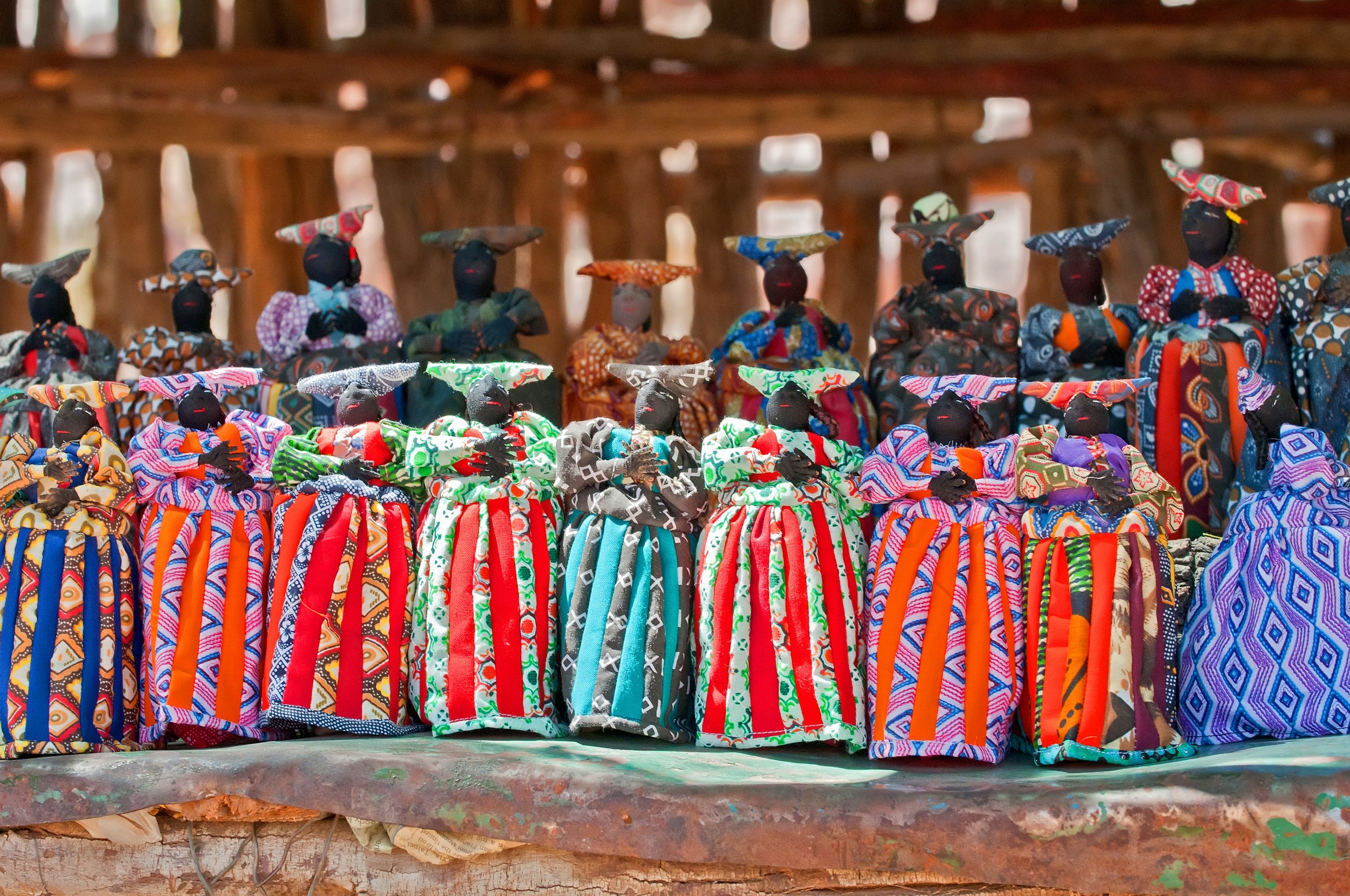Explained: Indigenous Cultures of Namibia
Written by Nina van Zyl
For such a small population – just over 2 million – Namibia has a surprisingly large number of different cultures in one place, think 13 official ethnic groups and 16 languages. When visiting this stunning country, you might want to know as much as you can about each of them, which is why we’ve put together this handy list of the most well-known and most prominent indigenous cultures of Namibia.
The Herero
A pastoral cattle-breeding people, the Herero were one of the first groups to clash with colonial forces from 1904-1907. During the Herero-German Wars at the start of the 20th century, the Herero population was almost completely wiped out. Many fled to neighbouring countries or were sent to Shark Island in Lüderitz as prisoners. Today, the Herero homeland is around the Waterberg area and Okahandja, where the Herero come together in August to celebrate their culture on Maharero Day. Herero women traditionally wear large voluptuous dresses with puffy sleeves, originally inspired by the Victorian dresses of early missionaries’ wives. The most striking part of the ensemble is the fabric headdress, shaped into 2 points, symbolising cattle horns.
The Nama
Speaking with distinctive clicks in a language that shares its roots with the Khoisan, the Nama are a group descended from the Khoekhoe. The Nama are small in stature, and traditionally the women wear cloth headdresses (known as a “doek”) and beautiful patchwork dresses showcasing their exceptional needlepoint skills. Originally, the Nama often clashed with the Herero over pasturelands until the start of the colonial period, after which they joined forces in the liberation struggle. The face of one of their most famous leaders, Hendrik Witbooi, adorns the Namibian dollar note.
The Himba
Arguably the most famous of all the different cultures in Namibia, the Himba are known as one of the truly unique semi-nomadic tribes in the world. They are livestock-rearing people who live in the semi-desert conditions of the Kaokoland in Namibia’s northwest, among other scattered groups, together referred to as Kaokolanders. Although they share their origins with the Herero, the two peoples split many generations back. Himba women are known for their deep red skins, which they obtain by applying a mixture of animal fat and ochre to their skins. Hair features prominently in the Himba culture, with both men and women wearing braids and intricate headdresses made from leather and iron.
The Damara
Traditionally, the Damara were similar to the San in that they were hunter-gatherers, while also keeping goats and practicing small-scale horticulture of pumpkins and tobacco. They were concentrated in the area around the Brandberg known as Damaraland, which was incorporated into the Erongo Region after Independence. Many Damaras still live in this area and take part in the mining of semi-precious stones which can be bought from stalls along the road to the Spitzkoppe. The Damara also speak the same click-filled language of the Nama, but are seemingly unrelated.
The Owambo
Historically settled between the Kunene and Okavango rivers in the north of the country and in southern Angola, the Owambo are the largest population group in Namibia. Many subgroups make up the Owambo, each with its language and traditional authority, with the Kwanyama being the largest of these. The Owambo were originally cattle farmers, planted mahangu, and fished. They are well known for their bright-pink striped dresses and the large ornamental buttons called ecipas made from carved ivory or wood.
The San
The first inhabitants of southern Africa, the San left their mark all over Namibia in the form of stunning rock paintings and engravings at places such as the Brandberg. Over time, though, they were pushed east into the Kalahari by encroaching pastoralists. Today, a large San community resides in villages in the Tsumkwe Conservancy, where they are still allowed to hunt in the traditional fashion. The San are related to the Nama and share their small stature and light skin, and speak the characteristically click-filled Khoekhoegowab language. They are skilled at making intricate beadwork, which along with tourism, is an important source of income for their community.
Kavangos and Zambezians
The people living in the north-east of Namibia along the Kavango and Zambezi rivers are collectively known as the Kavangos and Zambezians (previously Caprivians). They are made up of many different groups, each with its dialect and customs. Nonetheless, Kavangos and Zambezians have a few similarities, such as their planting of mahangu, fishing, and raising cattle and goats. The people of this area are also well-known woodcarvers and skilled basket weavers.
Basters
The most recent indigenous group to enter Namibia are the Basters. This group of people travelled to Namibia from the Cape and are descendants of male European settlers and indigenous women. They wore European-style clothing and spoke Afrikaans. Today, many Basters still live in Rehoboth, south of Windhoek.
Getting to know different cultures is a great part of experiencing a new place, but remember to act respectfully and always ask for permission before photographing someone. With such a rich cultural landscape, Namibia is an unforgettable destination. Start planning your trip there right here.


